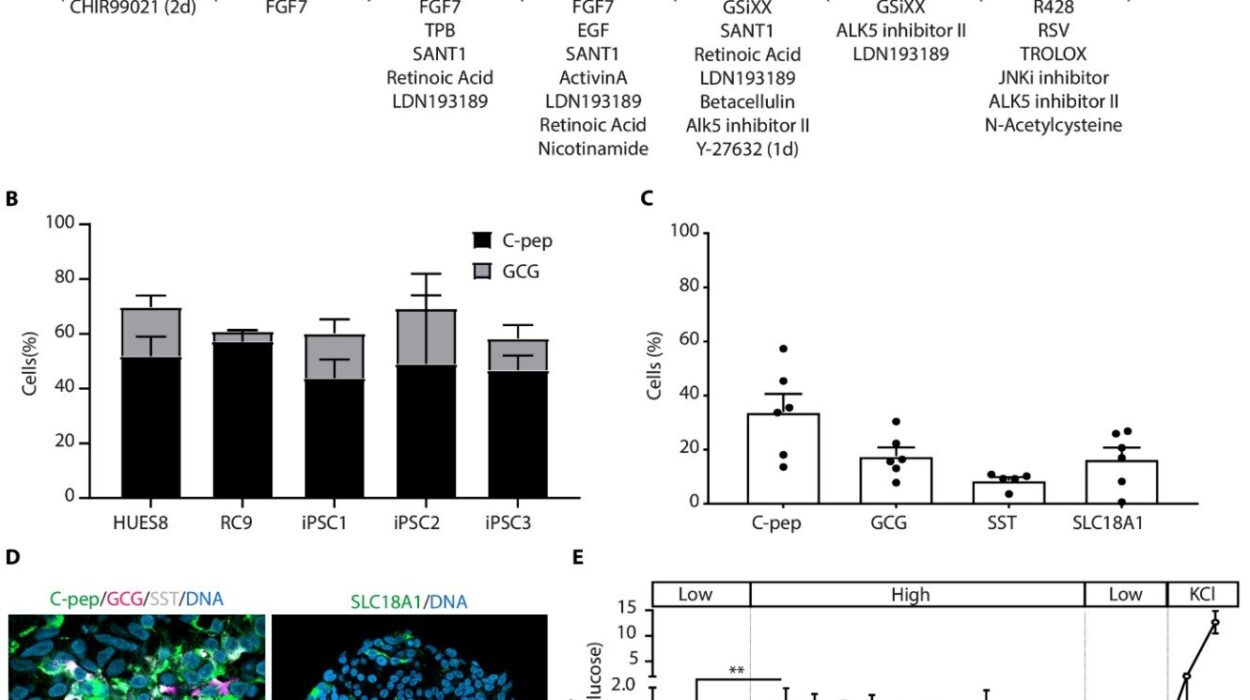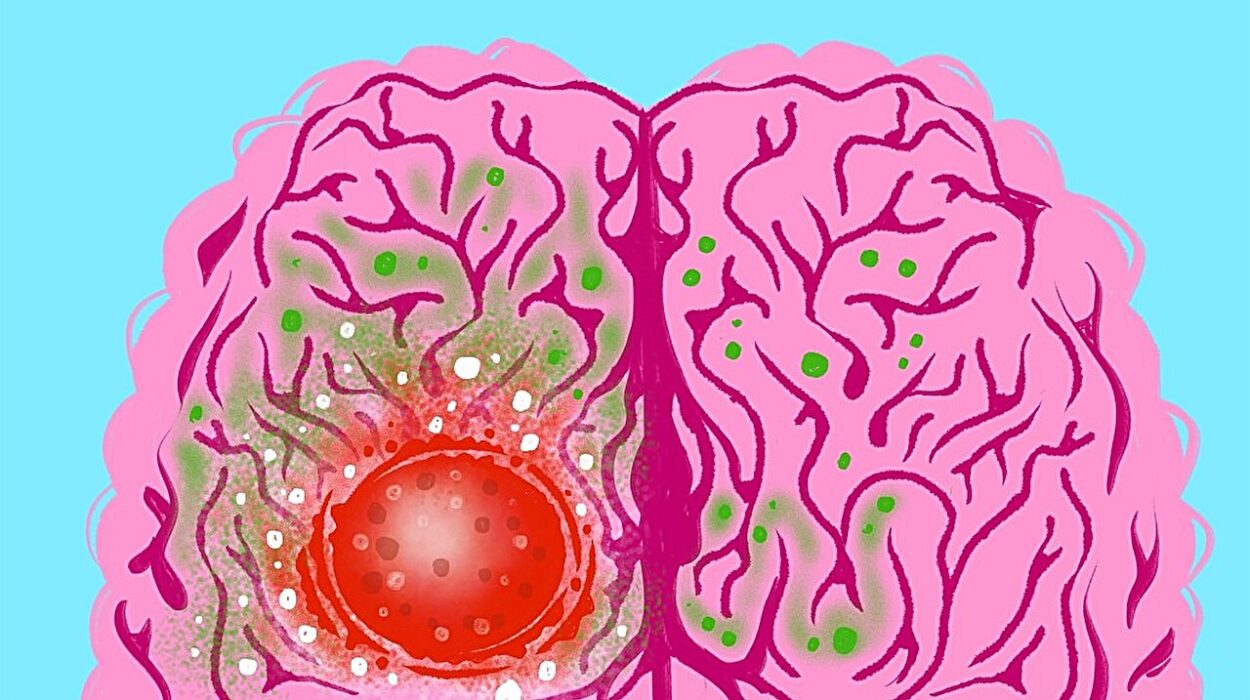A woman’s period is more than just a nuisance or a biological inconvenience. It’s a monthly message from the body—sometimes whispering, sometimes shouting—about what’s going on beneath the surface. While many of us are taught to dread our periods or dismiss them as simply “that time of the month,” menstruation is actually one of the most informative health indicators women have. Just like skin can reflect hydration or sleep habits, and breath can reflect stress or anxiety, the menstrual cycle gives insight into hormonal balance, reproductive health, and even emotional well-being.
Yet few women are ever taught what a healthy period truly looks like. Is it supposed to hurt? How long should it last? How much is too much blood? Are clots normal? Why do some cycles show up like clockwork while others are as unpredictable as a toddler’s mood? And what about the spotting, the cravings, the fatigue, the moods?
Instead of treating periods like an inconvenience or a curse, we need to start seeing them for what they are: powerful, cyclical check-ins that can either reassure us or sound the alarm.
So, what does a healthy period really look like? Let’s go beneath the surface of the pads, tampons, apps, and painkillers and dive into the biology, variability, and brilliance of the menstrual cycle.
Understanding the Menstrual Cycle: More Than Just a Period
To understand what a healthy period looks like, you need to zoom out and view it in context. The menstrual cycle isn’t just the few days you bleed—it’s an intricate, hormone-driven loop that unfolds every month like a symphony of chemical messengers working in harmony (or sometimes disharmony).
It starts with day one of your period and spans through four dynamic phases: the menstrual phase, the follicular phase, ovulation, and the luteal phase. Each one plays a role in preparing your body for a potential pregnancy, but even if you’re not trying to conceive, each phase influences how you feel, how you function, and what’s going on hormonally.
The menstrual phase is the physical shedding of the uterine lining. It’s your body’s way of saying, “No pregnancy this time, let’s clean house and try again.” The follicular phase follows, when estrogen rises and your ovaries start maturing follicles. Ovulation marks the release of an egg—your most fertile time—and the luteal phase, powered by progesterone, builds up the uterine lining again just in case the egg meets sperm.
When the egg isn’t fertilized, hormone levels drop, and the cycle starts again.
Understanding this rhythmic choreography is key to spotting when something’s off. If one hormone is out of sync, the entire performance can falter, leading to irregular periods, skipped cycles, heavy bleeding, pain, and more.
What Normal Bleeding Looks Like
Let’s talk blood. It might feel taboo, but it’s crucial to understand what your flow is trying to tell you. Normal period blood varies, but there are certain characteristics that generally point to a healthy period.
In a typical cycle, you might bleed anywhere from two to seven days. Most women bleed for about three to five. The total volume of blood lost should be around 30 to 80 milliliters (roughly 2 to 6 tablespoons). That might sound like a lot, but it often looks more dramatic on a pad or tampon than it really is.
The color of menstrual blood matters, too. Bright red blood is fresh and indicates active bleeding, especially during the first day or two of your cycle. As the days go on, it might darken to a deep red, maroon, or brown—especially as your flow tapers off. Brown blood is just older blood that took longer to exit the body. It’s usually harmless unless accompanied by an unusual odor or other symptoms.
Clotting can be normal, especially on heavier days. Clots the size of a dime or smaller aren’t usually a concern. But if you’re consistently passing large clots—bigger than a quarter—or feeling lightheaded and weak during your period, it could be a sign of excessive bleeding, fibroids, or a hormonal imbalance.
A healthy flow is steady, not gushing. It shouldn’t soak through a pad or tampon in an hour for multiple hours in a row. That’s a red flag (pun intended) for heavy menstrual bleeding, also known as menorrhagia.
Pain: What’s Expected and What’s Not
Period pain is often expected, but just because it’s common doesn’t mean it should be accepted as normal. Mild cramping—caused by prostaglandins helping your uterus contract to shed its lining—is normal in the first few days of your period. You might feel a dull ache in your lower abdomen, lower back, or even thighs.
But when cramps become debilitating—keeping you from work, school, or daily tasks—that’s a sign that something else might be going on. Endometriosis, adenomyosis, fibroids, or pelvic inflammatory disease (PID) can all cause severe period pain that should never be brushed off as “just bad cramps.”
If over-the-counter pain meds aren’t helping, or if the pain radiates down your legs or intensifies during sex or bowel movements, it’s worth a deeper investigation with a gynecologist. Your body shouldn’t have to scream to get your attention.
The Color and Texture of Your Period Blood
Blood color might seem like a cosmetic detail, but it tells you quite a bit about your hormones and flow. Bright red blood usually indicates a good, steady flow and healthy shedding. Dark red or brown blood can be perfectly normal—especially at the beginning or end of a period. It’s typically just older blood that took a bit longer to exit.
Occasionally, you might notice an almost blackish hue. While this might seem alarming, it’s often just blood that’s oxidized, or exposed to air for longer. However, if black discharge is accompanied by a foul odor, intense pain, or fever, it might indicate an infection.
Watery blood can suggest a lighter flow, sometimes seen with anemia or low estrogen levels. Mucousy or stringy blood might reflect cervical mucus mixing with menstrual blood—common around ovulation or during light periods.
In short, your period blood shouldn’t be a mystery. Color, consistency, and volume all carry clues. Learning to read these signs makes you an empowered observer of your own health.
The Role of Hormones and How They Manifest
Estrogen and progesterone run the menstrual show. Their rise and fall dictate when you ovulate, when you bleed, and how you feel. When these hormones are balanced, periods tend to be regular, with moderate flow, minimal pain, and few premenstrual symptoms.
But when they’re out of sync—whether from stress, diet, PCOS, thyroid issues, or other health conditions—the menstrual cycle can reflect the chaos. Estrogen dominance, for example, can lead to heavy, painful periods and tender breasts. Low progesterone can cause spotting, mood swings, or mid-cycle bleeding. Elevated androgens, like testosterone, might lead to missed periods, acne, and excess hair growth, as seen in PCOS.
If your periods are suddenly irregular, extremely heavy, or completely absent, it’s often a hormone issue at the root. A blood test or hormone panel can offer insight, but your monthly cycle is often the first hint that something needs attention.
Cycle Regularity: Not Every Woman Is a Clock
We often hear that a normal menstrual cycle is 28 days, but that’s just an average. A healthy cycle can range from 21 to 35 days. What matters more than the length is the consistency. If your cycle is 27 days one month, 42 the next, and 19 after that, your body’s rhythm is off.
Fluctuations happen—especially in adolescence, perimenopause, postpartum, or after stopping birth control—but chronic irregularity may signal deeper issues like PCOS, thyroid dysfunction, high prolactin levels, or even underlying stress and nutrient deficiencies.
Keeping track of your cycle with an app or journal helps you spot patterns—or the lack of them. Knowing your own “normal” gives you a baseline for recognizing when something’s wrong.
Premenstrual Symptoms: Loud or Gentle Warnings
A little bloating, moodiness, and breast tenderness before your period can be normal. But when PMS becomes PMDD (premenstrual dysphoric disorder)—a condition marked by severe mood swings, rage, anxiety, or depression—it’s more than just a hormonal hiccup.
Your body is highly sensitive to hormonal shifts. The drop in estrogen and progesterone before menstruation can affect neurotransmitters like serotonin. In some women, this creates manageable mood dips. In others, it triggers serious mental health symptoms that interfere with daily life.
Chronic fatigue, crying spells, irrational anger, or social withdrawal before your period should never be dismissed. Lifestyle changes, hormone therapy, or even antidepressants can help—if you know what you’re dealing with.
Menstrual Health Across the Ages
What’s normal at 14 isn’t necessarily normal at 44. A healthy period changes as you move through different life stages.
In the teen years, irregular cycles are common as the hormonal system matures. Periods may be light one month and heavy the next. Ovulation isn’t always regular, and cramps might be more intense.
In your 20s and 30s, cycles tend to become more regular. If you’re not on birth control, ovulation usually becomes more predictable, and fertility peaks.
In your 40s, the perimenopausal transition begins. This can mean shorter or longer cycles, heavier or lighter bleeding, skipped periods, and intensified PMS. It’s a hormonal rollercoaster, but it’s not random—it’s your body adjusting to the natural decline in estrogen and progesterone.
Understanding where you are in this hormonal timeline helps you make sense of the changes you experience.
Red Flags That Should Never Be Ignored
While every woman’s “normal” looks a bit different, some symptoms should always prompt a check-in with a healthcare provider. These include bleeding that soaks through a pad or tampon in under an hour, periods that last more than seven days, significant pain that doesn’t respond to medication, missing periods for three months or more (when not pregnant or on hormonal birth control), and spotting between periods.
Other signs like chronic fatigue, dizziness, severe mood swings, or pain during sex could indicate an underlying issue like endometriosis, fibroids, PCOS, or thyroid problems. A healthy period shouldn’t make you feel like you’re falling apart every month. If it does, your body is asking for help.
Nutritional and Lifestyle Support for a Healthier Period
Your period doesn’t exist in a vacuum. It’s influenced by what you eat, how you sleep, how you move, how you manage stress, and even your exposure to environmental toxins. Nutrient deficiencies—especially in iron, magnesium, B vitamins, and vitamin D—can worsen PMS and make periods more painful or irregular.
A diet rich in leafy greens, healthy fats, fiber, and lean protein helps keep hormones in balance. Regular exercise improves blood flow and supports estrogen metabolism. Managing stress with techniques like meditation, yoga, or journaling can lower cortisol levels, which in turn stabilizes menstrual hormones.
Avoiding hormone-disrupting chemicals found in plastics, some cosmetics, and processed foods can also support a healthier cycle. Your period reflects the cumulative effect of these choices—month after month.
Reclaiming the Conversation Around Periods
Perhaps one of the biggest barriers to understanding menstrual health is the culture of silence and shame that still surrounds it. For generations, periods were considered dirty, inconvenient, or embarrassing. Women learned to hide their tampons, whisper about cramps, and suffer in silence.
But a new wave of education, advocacy, and technology is changing that. Menstrual tracking apps, podcasts, period-positive campaigns, and hormone health influencers are finally normalizing what should have always been normal: open conversation about menstruation.
When we reclaim the narrative around our cycles, we empower ourselves to ask better questions, seek better care, and live more attuned to our bodies.
The Bottom Line: Periods Are Powerful Messengers
A healthy period isn’t just about having a regular cycle or manageable cramps. It’s about how your body communicates its internal state—month after month, year after year. Your flow, pain level, color, texture, mood, and timing all form a story. And you are the narrator.
Learning what your period is telling you means tuning in, not tuning out. It means recognizing when things are fine and when they’re not. It means ditching shame in favor of curiosity, and fear in favor of knowledge.
Ultimately, a healthy period is one that aligns with your body’s natural rhythm. It doesn’t leave you depleted, ashamed, or confused. It informs, supports, and reflects the amazing ecosystem that is your hormonal health.
So the next time your period arrives, don’t just mark it off on the calendar. Listen. Observe. Respect. Because that flow carries more wisdom than most people give it credit for—and it’s yours to understand.






